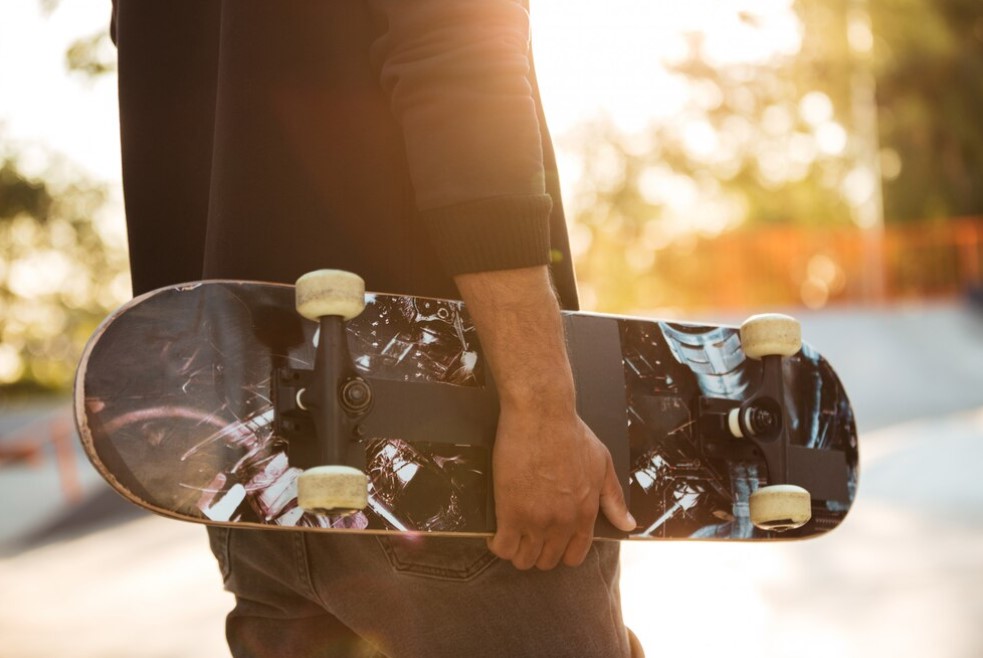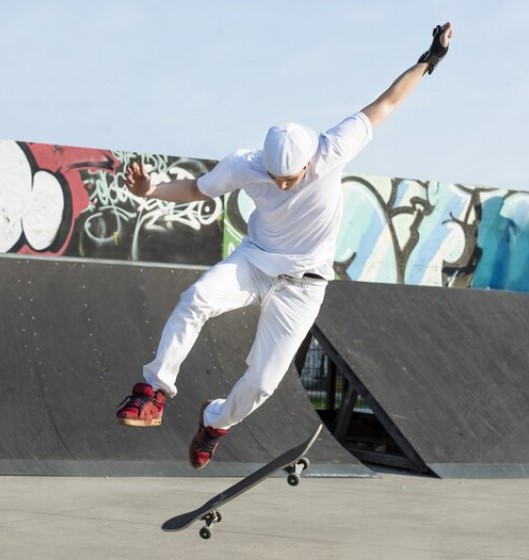
Skateboarding has seen a major resurgence in popularity over the last few years. With its rise in prominence, an ever-widening selection of skateboard styles, shapes, and sizes have hit the market. For both new and experienced skaters alike, choosing the right board can be an overwhelming process. This guide will walk you through the major factors to consider when selecting a skateboard tailored to your unique needs and riding style.
Selecting a Skateboard Based on Riding Style
The first key consideration when choosing a skateboard is identifying your preferred riding style. The three major disciplines include street skating, vert skating, and longboarding. Street skating involves tricks and technical skills on obstacles like stairs, handrails, curbs and benches. Vert skating takes place in skateparks on transition-based obstacles like half-pipes, bowls and ramps. Longboarding focuses on speed and fluidity, often on hills or long open roads.
Once you determine your primary riding style, you can narrow down ideal board shapes, sizes and components.
| Riding Style | Deck Width | Deck Length |
|---|---|---|
| Street | 7.5-8.25 inches | 28-32 inches |
| Vert | 8.25-10 inches | 28-35 inches |
| Longboard | 8.5-10 inches | over 35 inches |
Street skaters generally opt for standard popsicle-shaped decks around 7.5-8.25 inches wide. The short length allows for control during flip tricks, while the width provides a stable platform to land on. Longboarders prefer decks over 35 inches long to maximise speed and stability at higher velocities. For vert riders, wider and longer boards from 8.25-10 inches provide ample surface area for aerial tricks above the coping.
Factoring in Your Weight and Height
Along with your skill level and riding style, your body size plays a role in selecting the right deck dimensions. Heavier and taller skaters require wider and longer decks to support their stance and balance. Shorter or lighter individuals can properly control narrower boards under 8 inches wide. You’ll also need to match your deck width to shoe size – your feet should not overhang the edges when centred on the board.
Regarding length, a good standard is to choose a deck that reaches between your mid-thigh and just below your knee when stood upright. Vert riders may opt for lengths up to their waist for extra surface area in the air. Additionally, youth skaters aged 5-13 will need smaller boards scaled down in size. Consult each brand’s size chart to identify the ideal length and width ratios for your height and weight.
Considering Deck Shape and Concave
Beyond basic size, the shape and concave carved into the deck impact feel and control. Most street decks feature a classic popsicle shape, yet some have crisper kicks or mellower curves for nuanced flip tricks. Downhill boards have distinct dropped platforms or gas pedals behind the trucks for improved stability.
Concave describes the wheel wells carved out of the underside, affecting grip and board feel. Deeper concaves lock your feet in better for more control, while mellower concaves allow for easier foot placement changes. More aggressive riders can handle steeply-contoured concaves, whereas beginners benefit from shallow curves. Testing different shapes and concave styles is recommended to determine your ideal board feel.
Selecting Appropriate Trucks, Wheels and Hardware
Trucks connect the wheels to the deck and influence steering responsiveness. Tighter trucks provide more stability at lower speeds, while looser trucks allow for sharper turning. Looser trucks with softer bushings are ideal for vert and longboarding. Street skaters prefer tighter trucks for controlled landings, but not to the point of restricting all manoeuvrability.
Wheels with a smaller diameter and hard durometer rating excel on smooth streets and parks. Larger softer wheels help absorb impacts and vibrate less on rougher terrain. Wheel size choices also correspond with your preferred board style. Longboard wheels range from 65-80mm for high speeds, street skaters opt for 50-56mm wheels for stability on tricks, while vert skaters use wheels sized in the middle around 58-65mm.
Finally, select appropriate grip tape, bearings and hardware to match your skating needs. Softer grip provides more traction for technical tricks, while harder grip optimises board feel and flick. Higher quality bearings enhance roll speed and smoothness. Adjusting your hardware allows you to fine-tune the tightness of your trucks over time.
Considering Reputable Brands and Local Shops
Once you narrow down the size and components you need, reputable skate brands to look for include Element, Zero, Real, Anti Hero, Enjoi, and Primitive. Venturing to your local skate shop also lets you examine a wide range of boards hands-on before purchasing. The experts there can make personalised recommendations based on your experience level, local skating terrain and evolving tricks you want to learn. Many also assemble complete boards with components fine-tuned for your needs.
Starting Small to Match Your Progression
As a final tip, resist over-sizing your first board thinking it will help you progress faster. Wider heavy boards are actually harder to control for new riders. Starting with a more compact street-style deck around an 8-inch width is ideal for developing foundational flatground tricks and ollies. You can then size up incrementally as your skills improve. Even seasoned veterans often prefer compact decks for their ideal balance of control and manoeuvrability.
In summary, dialling in your ideal skateboard depends on carefully analysing your experience level, skill goals, riding style, terrain, height, shoe size and personal preferences. Taking the time to test different setups and consulting experienced riders will help you discover the right board to match your needs as you progress on your skating journey.

